Data analysis, how to reduce costs and increase efficiency?

Wrong approach to cost reduction and efficiency improvement
Mistake 1: Increase efficiency in the front office and reduce costs in the back office
When some people mention "reducing costs and increasing efficiency", their instinctive reaction is:
- Efficiency enhancement is a front-office matter, sales and marketing make more money
- Cost reduction is a back-office matter, with R&D, production, and supply having to reduce costs.
Sounds very reasonable!
But if you really do this, you will soon find out: "The cost is actually myself!" Layoffs and suspension of production are the fastest ways to reduce costs in the backend. However, even if the backend lays off employees and stops production, it will not be able to offset the cost of the frontend’s random discounts and price reduction promotions. The result is that "the front office spends money indiscriminately without support from the back office", which seriously destroys the company.
Mistake 2: All-employee marketing! As soon as some people mention "efficiency enhancement", they start shouting "Wolf nature! All-employee marketing! ALL iN!" and then start forcing employees to sell. As a result, people will be disgusted, and unprofessional salesmen have no channels and no resources. It’s a damn thing if he can sell it. There is no output.
Mistake 3: "Everyone saves money!" As soon as some people mention "cost reduction", they start to pull out a big banner saying "Everyone thinks about how to survive under low gross profit". Employees are not provided with benefits, and when taking a taxi on a business trip, they have to pay the receipt. Write the starting point and end point on the back - and pay the money one by one. The result is that it is unable to come up with hit products, capable people leave their jobs, and in the end, it becomes more and more inferior.
Where is the crux of the problem?
The essence of all the above chaos is that we focus on the wrong focus. It's like a scumbag who listens to the story of a top student and only remembers that the top student stayed up all night studying. The reason why a top student becomes a top student is not because he stays up all night, but because he at least has a method for success. If you don't learn the method, it's useless to stay up all night with your eyes wide open.
The same is true for enterprises. You must know that the real efficiency increase lies in:
1. Find blue ocean channels
2. Deeply cultivate high-quality customers
3. Create popular products
For real cost reduction, what needs to be cut is:
1. A bad product
2. A bad channel
3. A bad customer group
Any of the above three points is a disaster-level problem, which will lead to a series of secondary disasters such as waste of initial investment, increased inventory, and slow capital turnover. In comparison, business travel expenses, accommodation, and employee benefits are nothing.
Therefore, the key to breaking the situation is to clearly calculate the costs of products, channels, and users, and control the operation process in a timely manner to avoid getting out of hand. This requires detailed data analysis.
How to do user analysis
Analysis to support cost reduction:
1. Analyze the conversion rate of new users and eliminate inferior channels
2. Analysis of repurchase rates of old users to avoid user loss
3. Identification of promotion-sensitive users to reduce the number of scammers
One of them can be combined with channel analysis. Here we focus on point 3. There are two types of fraud: explicit and invisible. The explicit ones are often caused by unreasonable marketing rules, such as spam issuance of no-threshold vouchers, multiple stacking discounts for the same user, excessive Platinum Card discounts leading to users pooling orders, etc. These can be proactively identified before the project begins.
After the activity starts, as a data analyst, you must actively monitor abnormal orders. When an order appears:
1. The amount of a single transaction is too high or too low
2. The same user places orders repeatedly and the total order quantity is too large.
3. The actual transaction price of the product is too much lower than the listed price.
You can directly intercept orders, catch typical problems first, and then investigate the source, which can effectively avoid risks.
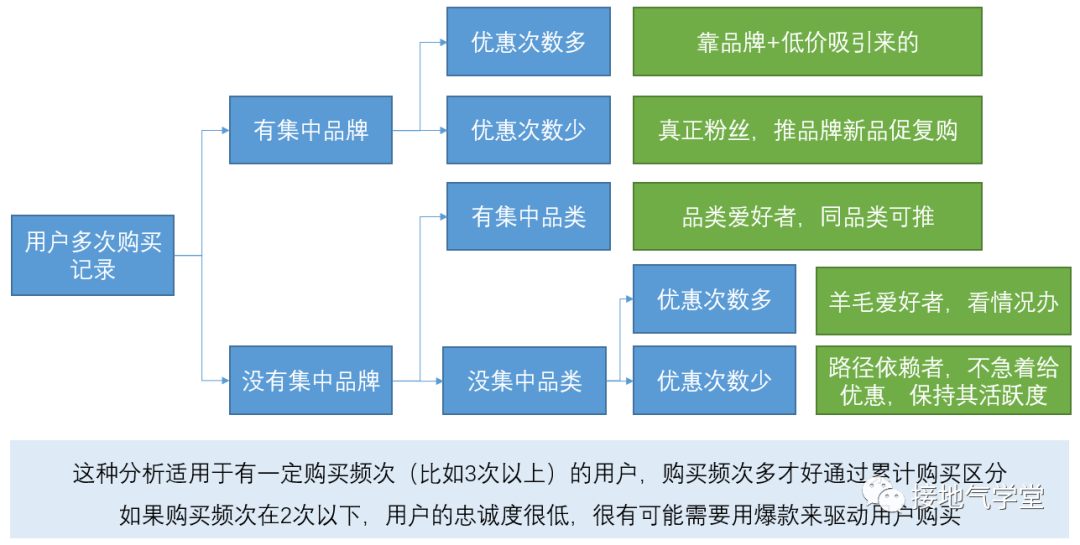 picture
picture
Invisible wool is even more uncomfortable. For example, when many companies conduct promotional activities, they always like to conduct "wide-open sales". They feel that they can cover more users, but in fact the same group of people participate. The result is often that the sales of products with activity soar, while the sales of products without activity slump, and the overall performance does not increase.
At this time, data analysis can:
1. Stratify users and distinguish between medium, medium and low users
2. Label activities to distinguish activities with various purposes.
3. Cross-observe user participation in activities and identify the participants in each activity
4. Pay attention to the user groups who frequently participate in activities, and it is recommended to cut off fringe activities among them.
5. Pay attention to user groups that have never been covered and analyze the potential needs of users
In this way, you can not only avoid hidden troubles, but also find potential opportunities and use marketing resources where appropriate.
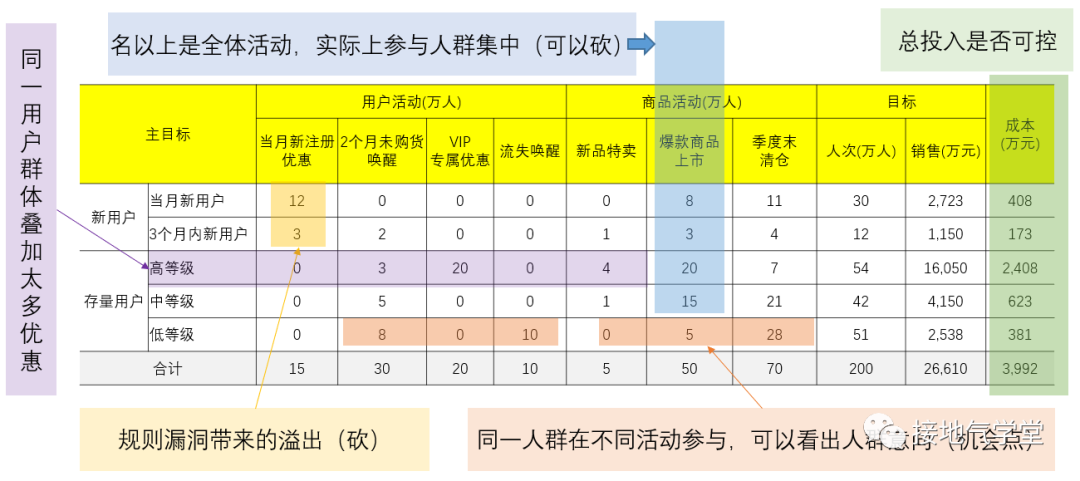 picture
picture
Efficiency analysis can be done by:
1. Find potential users for profitable products/matching products and directly increase product sales.
2. Analyze user interaction habits, find highly sticky users for private domains/communities/APPs, and reduce channel costs.
3. Identify high-value users, directly promote high-end products, and increase users’ consumption amount.
Here we need to use user portraits, value stratification, related recommendations and other analysis methods, which will not be listed one by one.
How to do product analysis
Analysis to support cost reduction:
1. Listing stage: identify defective products and stop losses in time
2. Hot sales stage: control promotions and earn more cash
3. Decline stage: clear goods as early as possible to reduce losses
Although there are three items written here, the core is the first one. Judgment of product quality is the core. The earlier problematic products are discovered, the earlier regional allocation can be carried out, allocation through different channels can be carried out, and losses can be stopped in a timely manner. The longer the delay, the greater the losses caused by the backlog, and the more costly it will be to clear the goods later.
Product analysis is different from user analysis. It requires looking at the entire life cycle data of the product starting from its launch. Moreover, product launches are often accompanied by promotional activities. Therefore, when calculating costs, you should not only calculate the transaction price/product production cost of each stage. You must obtain a product promotion plan and include all advertising costs, activity costs, etc., so that you can Restore the true profit of goods to support decision-making.
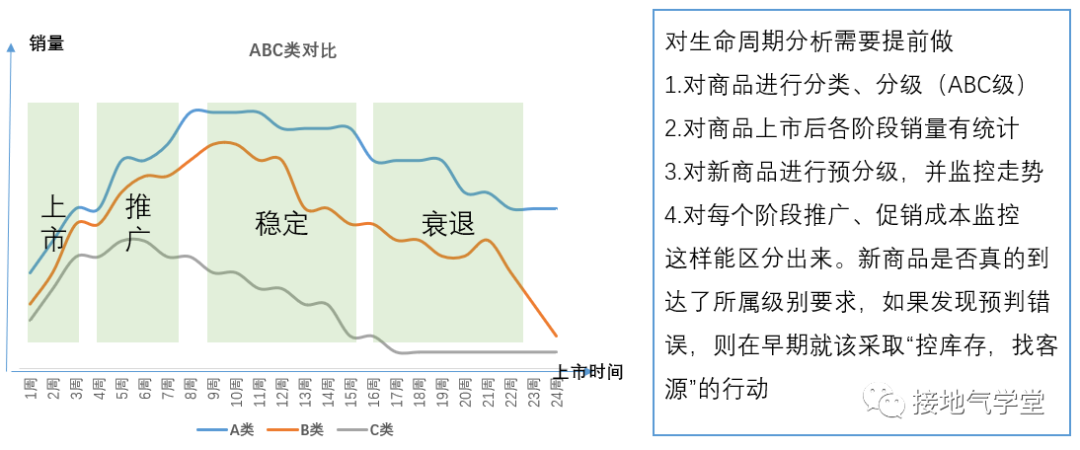 picture
picture
Product analysis can be done at the same time as user analysis, so that opportunities for efficiency gains can be discovered. It is not realistic to expect one hit model to dominate the world. Therefore, products need to be divided into traffic models, popular models, profit models, and matching models. After the product classification is established, and then look at the number and proportion of users covered by each type of product, we can find:
1. Is the diversion model attractive enough to new users?
2. Whether the profit money covers enough old users
3. Which models do not cover high-value users?
This is how opportunities are found (as shown below)
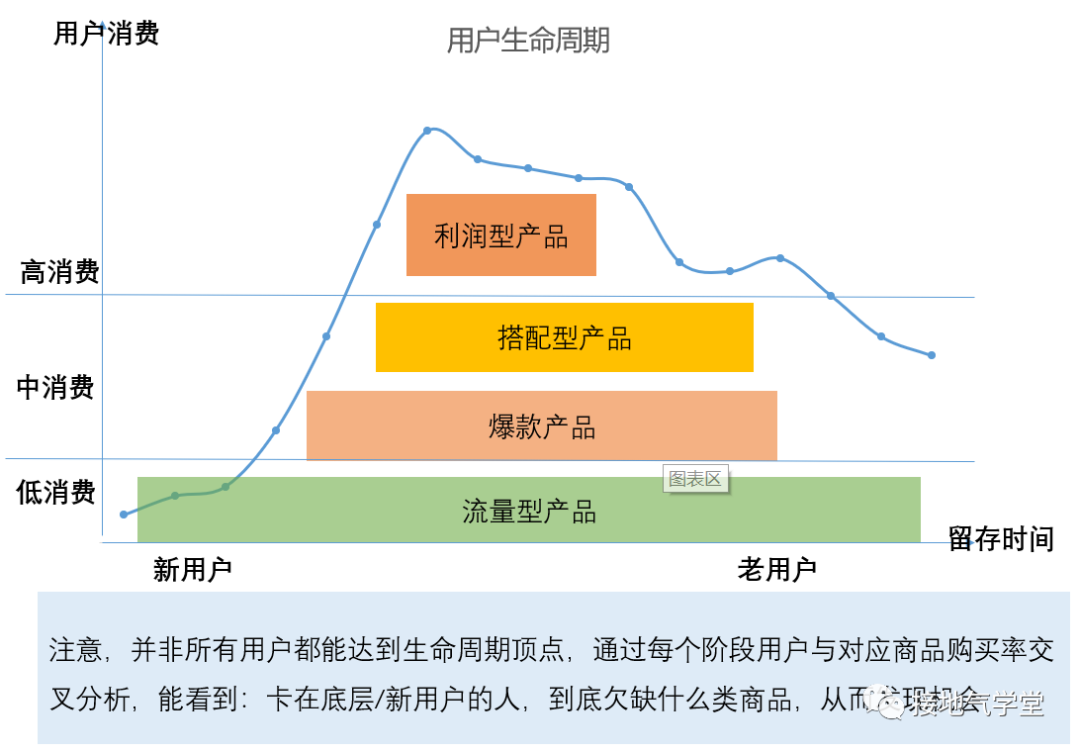 picture
picture
How to do channel analysis
Channel analysis is more direct than users and products:
1. Cut off high-cost, low-quality and inferior channels
2. Direct users to low-cost channels
3. Expand low-cost, high-quality channels
In terms of channel analysis, generally more attention is paid to attracting new customers. The cost of attracting new customers through each delivery channel and the calculation of user value after attracting new customers are the focus. However, it should be noted that due to the increasingly dispersed channels (physical stores, e-commerce platforms, takeout platforms, self-built APPs, mini programs, short video platforms, communities, private domains...), it is very possible for a user to be in multiple channels at the same time. For each platform activity, a platform will cover multiple users at the same time, so distinguishing the types of users covered by different channels is the first step in optimization.
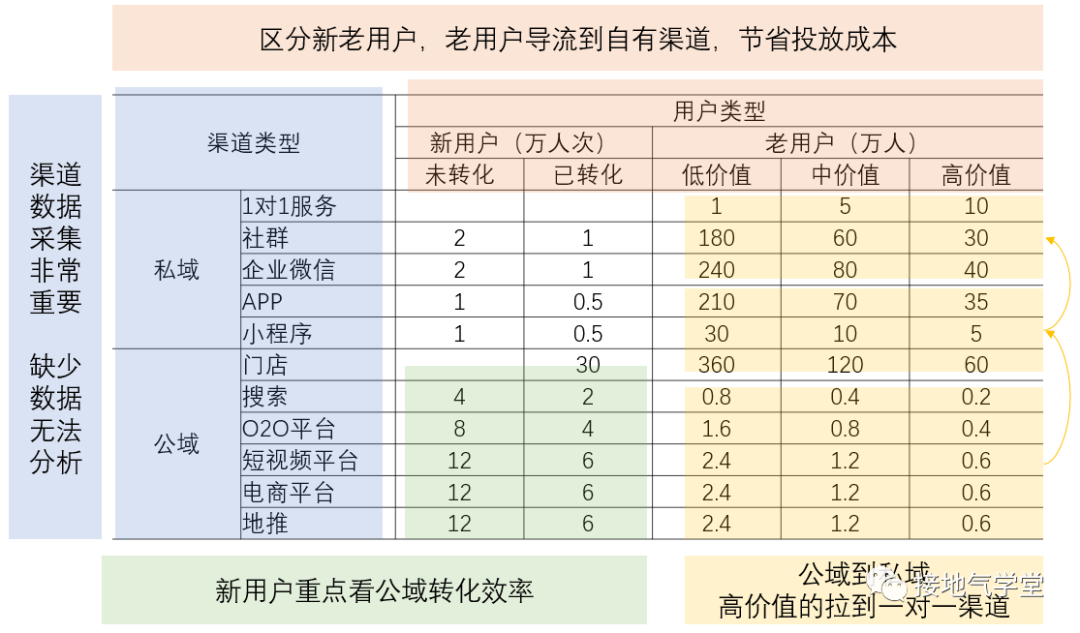 picture
picture
At the same time, channel quality is not a stable value and is likely to be optimized with business actions. Therefore, recording optimization results and suggesting optimization directions is another typical efficiency improvement point. However, each optimization action needs to be monitored by a business tag library to see clearly where to optimize.
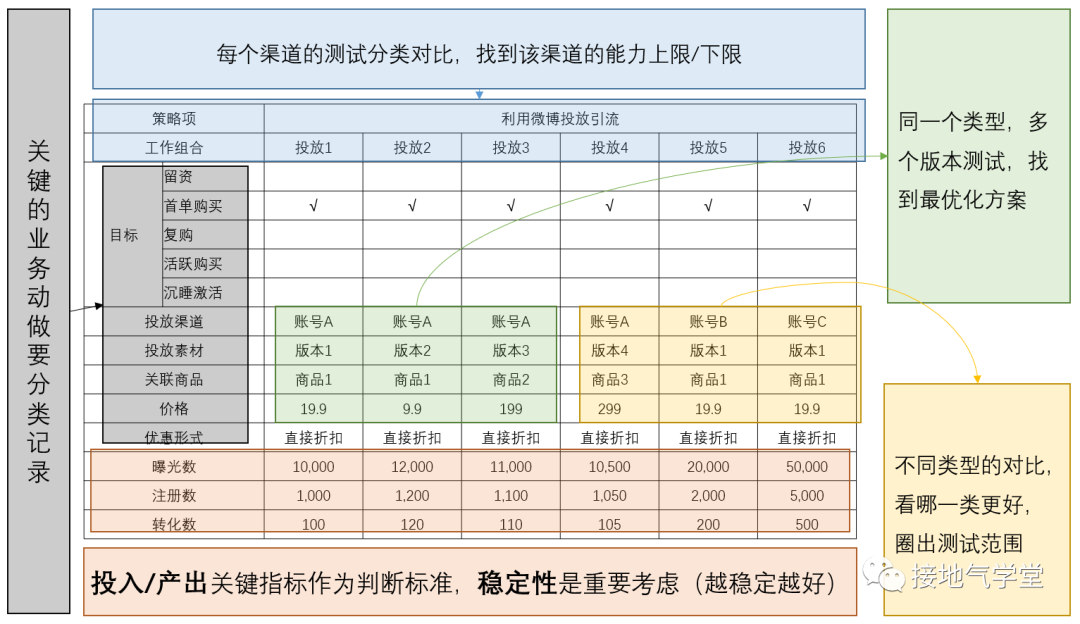 picture
picture
summary
To sum up, it can be seen that if you want to reduce costs and increase efficiency, you cannot just rely on one piece of data and two formulas to get a powerful and invincible general's advice.
The essence of cost reduction and efficiency improvement is to quantify business behavior, calculate business costs, and monitor business income through data means. Quantification is the most important step. Correspondingly, the business tag library and the industry-financial integration process are the foundation for ensuring cost reduction and efficiency improvement. Otherwise, the accounts are all paper leaflets, and the descriptions inside are out of touch with the actual business, business actions cannot be monitored by data, and even basic data cannot be calculated clearly, making it impossible to reduce costs and increase efficiency.
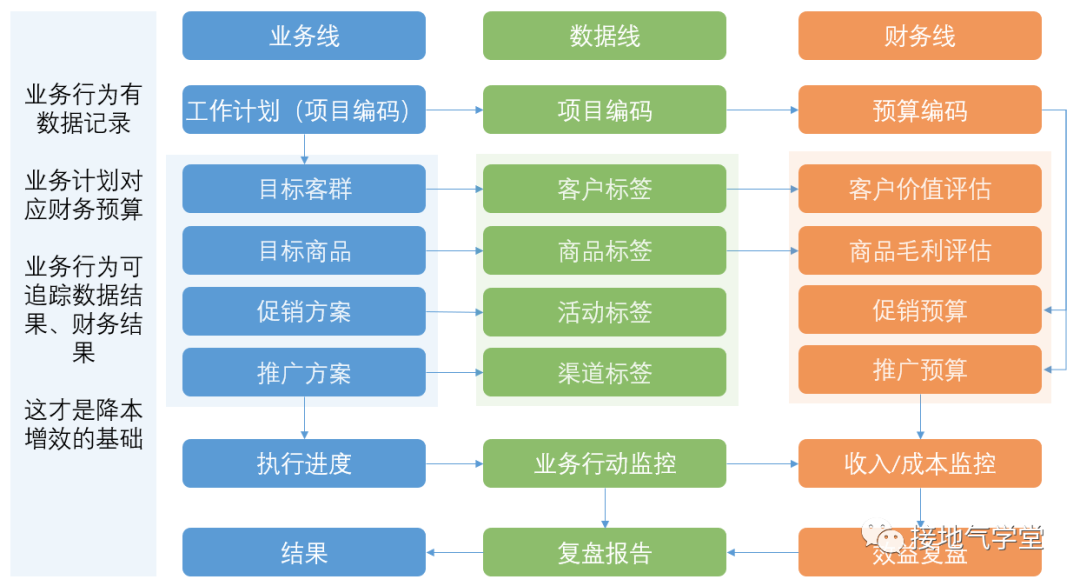 picture
picture
a deeper question
In Knowledge Planet, a classmate asked me a spiritual question: "Our company's operations are not connected to data analysis at all. The data is scattered on various platforms and cannot be collected. It is exhausting to calculate the purchase, sale, inventory and financial data every day. The boss I still feel that the data is so huge that I can analyze it and draw powerful conclusions...what should I do?"
This is the more profound problem of reducing costs and increasing efficiency: the management of some companies is very chaotic, the leaders are very arrogant, and the bosses made their fortune by eating industry dividends, and have no scientific business philosophy.
Objectively speaking, data cannot save such a chaotic company. As individuals, what we can do is to accumulate more capabilities and change to a better environment. This is also a good way for us to reduce costs and increase efficiency. The ability to accumulate is gradually improved through daily learning. Welcome to join my knowledge planet, learn together and make progress every day.